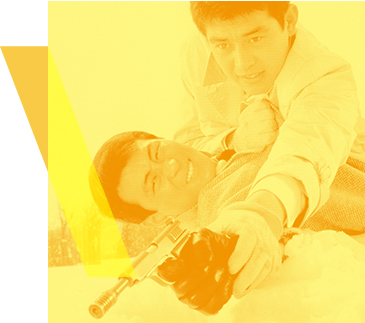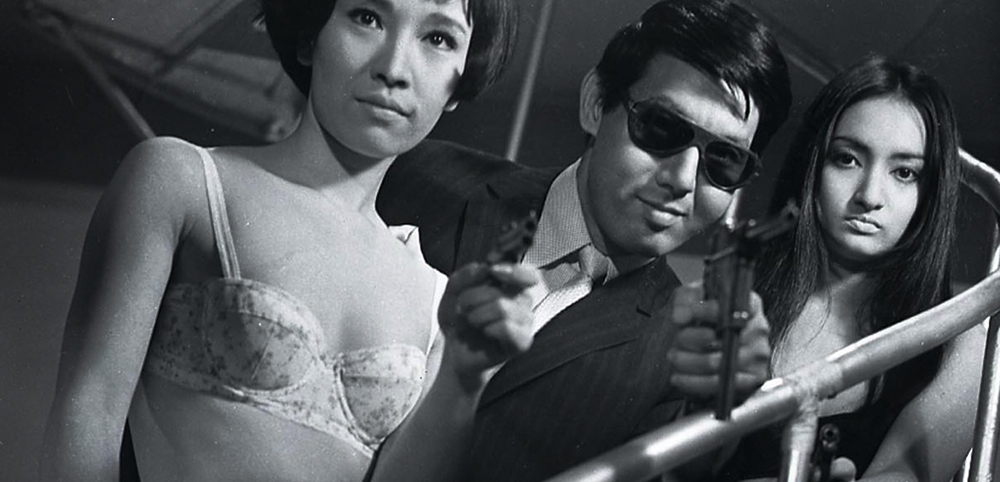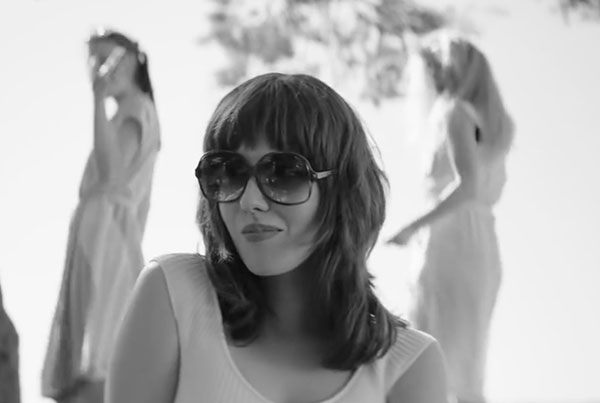Seijun Suzuki Retrospective
Tokyo drifter
Cult. Quentin Tarantino, John Woo or Damien Chazelle idol, master of Yakuza’s movie and damned director of the Japanese cinema, discover or rediscover Seijun Suzuki through six of his sixties movies.
By Jacques Braunstein

Yakuza, prostitutes, gendarmes and thieves… A retrospective presents six films of Seijun Suzuki*, master of the sixties pop Japanese cinema. A director which instill a personal style to the low-budget thrillers he makes for the Nikkatsu studio. His violent and erotic movies, deconstruct the figure of yakusa as Sergio Leone has done it with cow-boys. A cinema between social critic and Kitch esthetic that inspired masters of mannerism as Michael Mann (deeply influenced by his effects of broken mirrors), Wong Kar-wai (which borrowed him the music for In the Mood for Love) or Quentin Tarantino (the Japanese scenes from Kill Bill owe a lot to Tokyo drifter). His fan list is long since it also includes Jim Jarmuch (Gost Dog), John Woo (Face/Off) or more recently Damien Chazelle (La La Land)…
“His fan list is long : Jim Jarmuch, John Woo, Damien Chazelle...”
Fired from the studio after the shooting of Branded to kill (1967), an abstract black and white movie, Suzuki will stay ten years without working before coming back with a more personal trilogy of drama that takes place in the early twentieth century Japan. The first part, Tsigoineruwaizen (1981) was awarded at the Berlin Film Festival and movie of the year Japan. Showing that behind the master of genre cinema was hiding a real author.
*Branded to kill, Tokyo drifter, Story of a Prostitute, Gate of flesh, Detective Bureau 23, Youth of the beast (Splendor Films)




